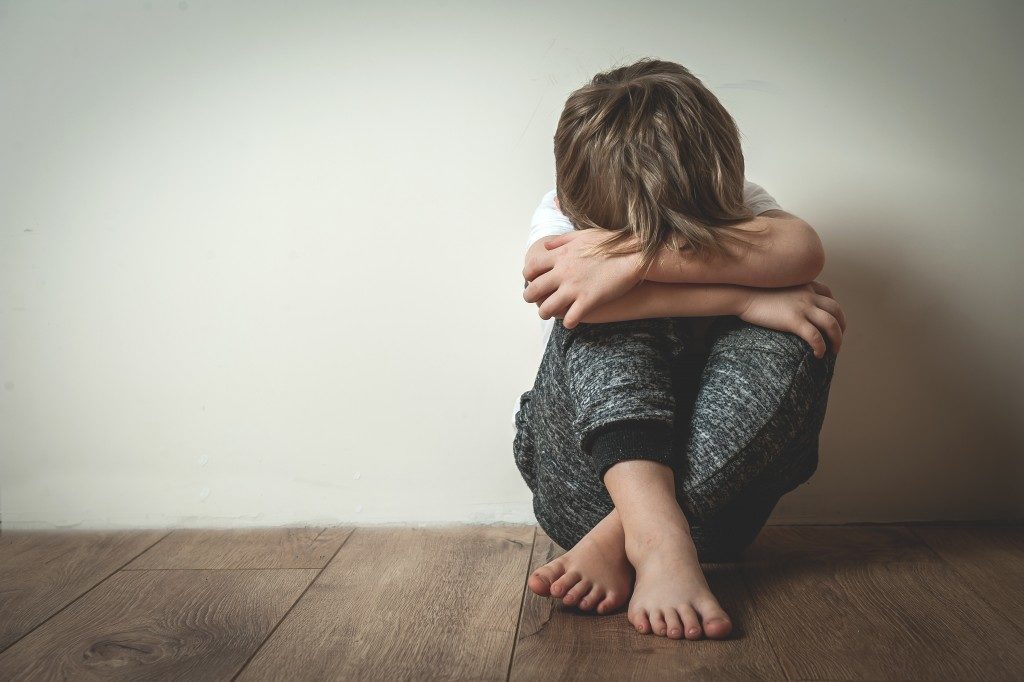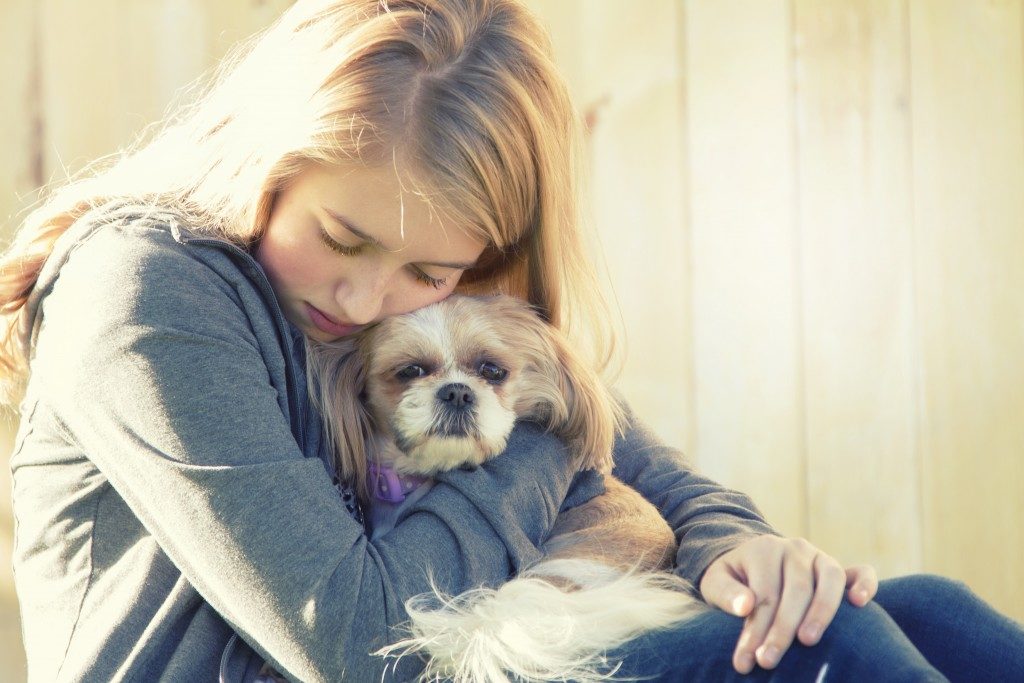Do you think your child may be suffering from anxiety or depression? Stop guessing. This guide will talk about the early signs of anxiety and depression in children.
Definition of anxiety and depression
Mental disorders are not uncommon in children. According to research, as much as 2-3% of children aged 6-12 years old have depression and/or anxiety disorder. If left undiagnosed and untreated, these children may develop severe depression and anxiety, which can lead to suicide or suicidal thoughts and tendencies.
CBT or Cognitive Behavioral Therapy in Westport, Connecticut, and other locations is only one of the many types of treatments available. But before we start checking our children in for a diagnosis, let’s define what anxiety and depression are.
Anxiety
Anxiety typically manifests in excessive fear or worry. Children tend to have irrational fears and worries at a certain age, but when they do not outgrow it, it can start affecting their studies, personality, and relationships with others.
Depression
Depression is more than just being sad. In children, it is normal for them to have sad and hopeless feelings from time to time. However, when children become unable to recuperate from the feelings of sadness and hopelessness, they may already have depression.
How to recognize early signs of anxiety and depression

Early diagnosis is critical for children who show signs of anxiety or depression. If diagnosed and treated as early as possible, the chances for easy recovery is significantly higher. Otherwise, children may develop more problems in the long run, such as having suicidal thoughts, which are more difficult to treat.
Possible signs of anxiety:
- Separation anxiety (excessive fear when separated from parents or guardians)
- Social anxiety (being afraid of places where there are many people)
- Excessive worrying about bad things that may happen
- Disturbed sleeping patterns or difficulty falling asleep
- Phobias or extreme fear of certain things
- Physical symptoms such as a fast heartbeat, dizziness, sweating, fatigue, headaches, etc.
- Behavioral changes, such as irritability and anger
Possible signs of depression:
- Feeling sad and hopeless most of the time
- Changes in eating patterns or habits
- Changes in energy levels (either lethargic or restless)
- Not wanting to do things that they usually enjoy
- Feelings of worthlessness or guilt
- Causing trouble
- Problems with their attention span
- Opting out of fun activities
- Self-destructive behavior and self-harm
- Suicidal thoughts (in extreme cases)
How to treat childhood anxiety and depression
If your child shows one or a few symptoms of anxiety or depression, the first thing you should do is take them to their PCP or mental health specialist for an evaluation. Signs and symptoms of anxiety and depression may be attributed to other psychiatric disorders, such as ADHD or ADD.
Once other disorders are ruled out, you will be provided with a therapy plan that may or may not include medication. The most important part of therapy in children is their parents’ involvement. Make sure you are with them every step of the way. Additionally, supplement their treatment by providing them with a nutritious diet, physical activity, established routines, and a support system.




